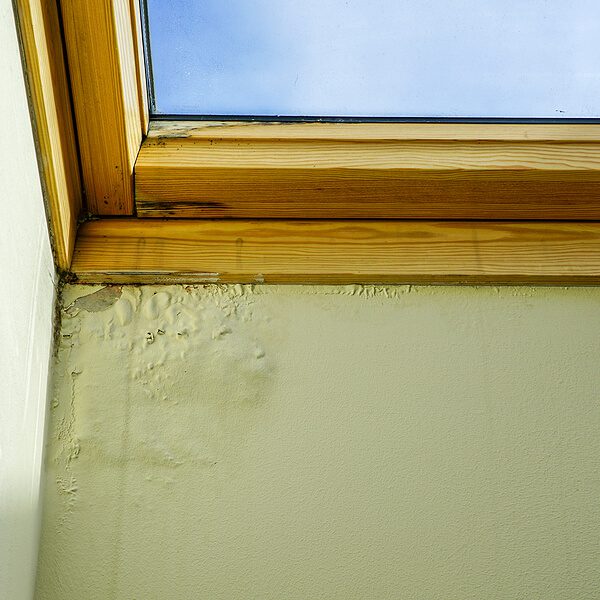Air leaks in your home are not only wasting energy, but they are also increasing your utility costs. According to the U.S. Environmental Protection Agency, 25% to 40% of energy consumption for home heating and cooling is due to air leakage. With daily high temperatures in Winter Haven forecasted to average well over 90°F throughout the summer, now is an excellent time to check for air leaks in your home.


Air leakage can occur at multiple points throughout your home. Some of the signs your home may have air leaks include increased pests, more dust or allergens, higher than usual utility bills, and dampness or mildew around the windows and doors. With an air Air Conditioning diagnostic report, our techs can pinpoint any issue you have.
Common Sources of Air Leaks
Air leaks in your home can be challenging to spot. They are not always noticeable because air leaks may be hidden behind walls, vents, and insulation. Also, as your home ages, foundation settling can cause tiny cracks around your home that allow air to leak. As these cracks get more significant, it will enable more air leakage through the building envelope.
Some areas to check where air leaks are likely to occur:
- Windows
- Doors
- Attic
- Vents
- Exhaust fans
- Recessed Lighting
- Flooring
- Crawl Space
- Electrical outlets
Finding Air Leaks
Air leaks in your home allow the conditioned air to escape. It also makes your home warmer in the summer, which causes your air conditioning system to cycle more frequently, increasing energy bills. Our HVAC technician can perform a home energy evaluation, which may include a blower door test to identify the sources of air leaks so that they can be sealed. Sealing air leaks will reduce the wear and tear on your heating and air conditioning system and lower your electric bill.
Blower Door Test
A blower door test uses a calibrated fan to measure the amount of air leaking through the home’s building envelope. They are a feature of energy audits and help homeowners identify and fix the source of air leaks making the house more energy-efficient and less susceptible to pests, water damage, and mold.
Sealing air leaks typically include applying caulking or weather stripping around door and window frames, including sliding glass doors. If air is leaking through the attic and crawlspaces, your home may need additional insulation to seal those gaps. Your recessed lighting may need insulation, and holes in electrical outlets may also need patching. Cracks in chimneys, exhaust fans, and plumbing and dryer vents may also need to be sealed.
According to data from The U.S. Energy Information Administration (EIA), Florida is the 4th largest consumer of electricity and has the sixth-highest electric rates in the nation. Sealing air leaks in your home’s envelope will conserve energy and reduce utility costs while keeping your home cooler in the summer. The Environmental Protection Agency (EPA) estimates that sealing air leaks can reduce utility costs by 15%. That equates to a cost savings of $270 per year for the average Florida homeowner.